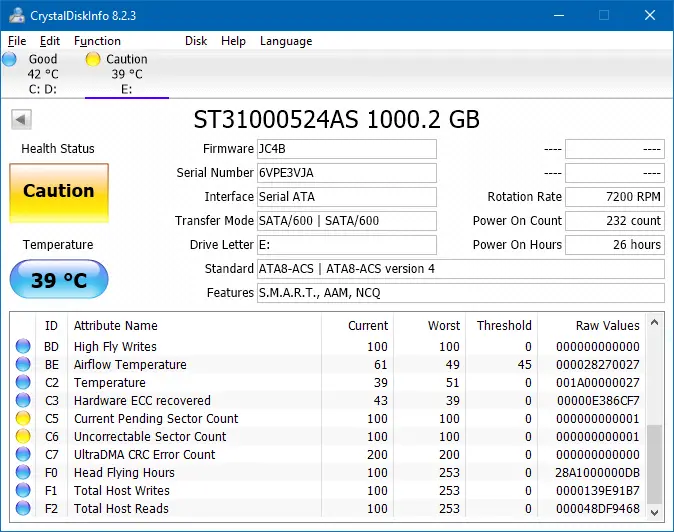


If this option is specified twice, then a slower read write test is used instead of a fast read-only test. For example mkfs.ext4 has these parameters:Ĭheck the device for bad blocks before creating the file system. You can also pass a list of bad blocks when you format the disk (partition). Yes, if you're willing to take the risk of losing your data. If not the above, can I just create partitions before and after the part of the drive with the bad LBAs? After moving them, you could allocate a logical volume (LV) on the affected PEs to make sure they don't get used again.

If you're willing to take the risk of losing your data, you can try moving the affected physical extents (PEs) with pvmove, but figuring out which PEs correspond to the bad sectors is going to take some grunt work. If not, since I'm using LVM on top of RAID, is there a way to tell either of these to just skip the bad area? Also some of them manage to relocate (remap) the bad sectors when you write to them again, but in your case it seems it didn't work. By the way, most disk happily write the data without checking that it really got written correctly which can lead to silent data corruption. Seatools said it has some bad sectors, obviously you can't use the whole drive. If the zero fill succeeded, and the short test passed, can I still use the whole drive?


 0 kommentar(er)
0 kommentar(er)
